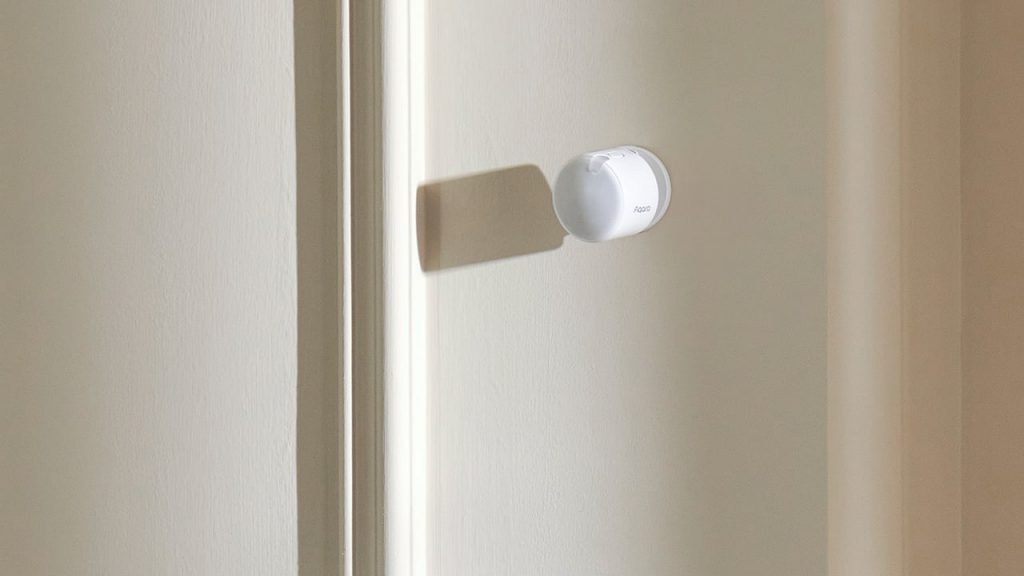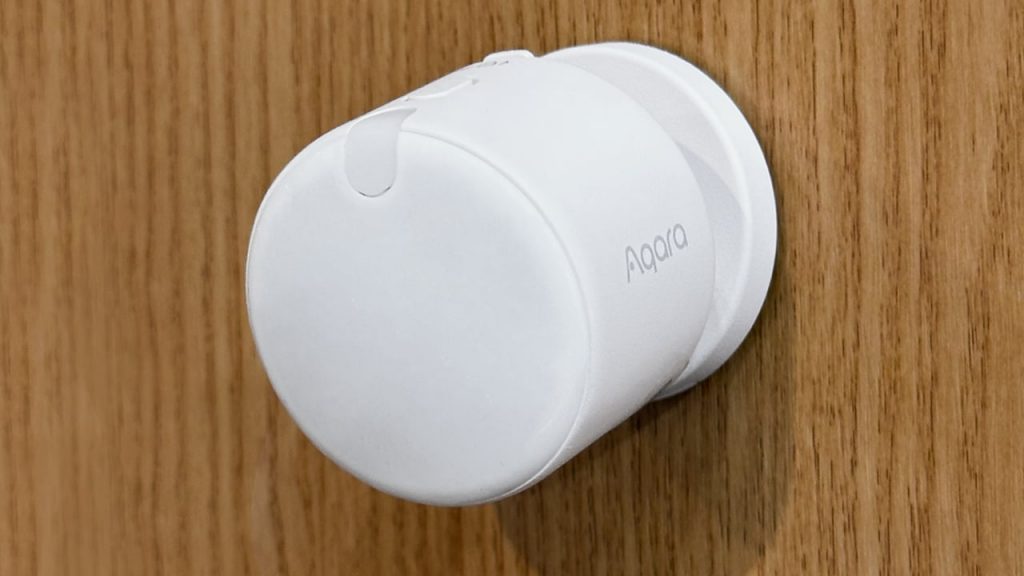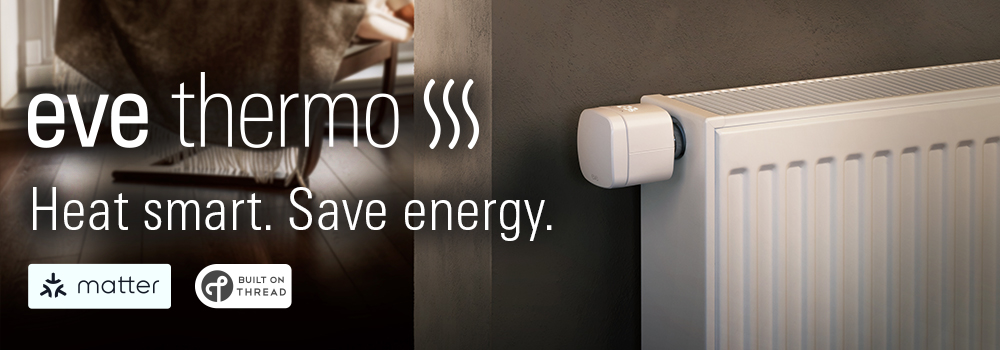The FP300 presence multisensor from Aqara (link) makes smart home automation more reliable and more precise. Its microwave radar technology can detect people in a room with far greater accuracy than conventional motion sensors. The radar responds to minimal human movements – including breathing or typing on a keyboard. As a result, the bathroom light remains on even if someone sits motionless on the toilet.
Two Wireless Protocols: Zigbee and Thread
Like many of Aqara’s recent products, the FP300 supports two wireless protocols. It can communicate via Thread directly with the Border Router of a Matter platform – or join the manufacturer’s own smart home ecosystem via Zigbee. Contrary to earlier statements at IFA Berlin, battery life differs by protocol. According to Aqara, the two button cells (CR2450) can last up to three years when used with Zigbee. In Thread mode, the official estimate is “up to two years.”

Either way, battery operation means more flexibility in use. Aqara’s previous presence sensors (FP1E, FP2) required cables and a USB power supply. The FP300 is fully wireless, making it suitable for placement on furniture or high on a wall where outlets are out of reach.
Five Sensors in One Device
To improve detection accuracy, Aqara combines the microwave sensor with a passive infrared (PIR) sensor that detects body heat. The device also includes three additional sensors for temperature, ambient light, and humidity. This makes the multi-sensor suitable for a wide range of conditional automations – for example, turning on a light when someone is in the room and the lux level drops below a defined threshold.
Additional Functions Within the Aqara System
While Matter apps on major ecosystems provide access only to the core sensor data in Thread mode, Aqara offers added functionality within its own platform. Connected via a Zigbee hub from the manufacturer, such as the Hub M3, the radar detection range can be set in the Aqara app, for example. The measurement of brightness, temperature, and humidity is also customizable. And a timer for the absence delay variably determines after how many seconds the detector should respond. Aqara also states that the FP300 can use artificial intelligence in Zigbee operation to learn and filter out disruptive reflections from mirrors, glass, or metal surfaces.
Share this information:


